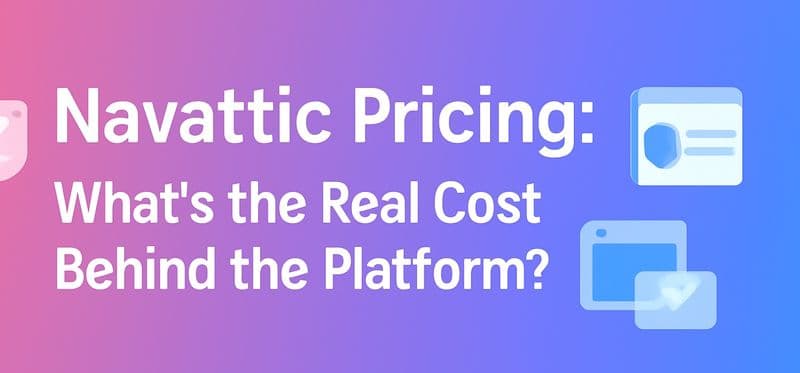Introduction
As someone who has spent the majority of the past year in virtual meetings, I was excited to have the opportunity to onboard a client in person for the first time. I wasn't sure what to expect, but I quickly realized that there are some key differences between in-person and virtual onboarding. It was like the difference between a Zoom call and a live concert - sure, you can see the performers on a screen, but it's just not the same as being in the same room as them. And let's be real, it's a lot easier to wear pyjama pants to a virtual meeting than it is to hop on a plane and put on real pants!
The benefits of in-person onboarding
When I arrived in Bangalore and met the client in person, I was struck by how much more personal and engaging the conversation was. I was able to shake hands, make eye contact, and read body language - all of which helped to build trust and establish a strong working relationship. In addition to the personal connection, in-person onboarding also offered some other benefits. For example, it allowed for hands-on demonstrations and the opportunity for the client to try out the product or service themselves. This was especially helpful for understanding how to use the product's more complex or technical aspects. In-person onboarding was also much more flexible - if the client had a specific need or concern, we could address it right then and there, rather than scheduling a separate call or email exchange. In hindsight, the more surprising part was that I was surprised by these interactions after two years of impersonal, cold, virtual meetings! Funny how humans adapt and how the 'normal' changes so dramatically!
One of the things I enjoyed most about in-person onboarding was the opportunity to build rapport with the client. I found that being in the same room as them allowed for a more authentic and engaging conversation. We were able to joke around, get to know each other, and bond over shared interests. And let's not forget the power of breaking bread together - there's just something about sharing a meal that helps to build relationships. In-person onboarding was also a great opportunity for team bonding and building a cohesive team culture. It was like the old saying goes: "A team that eats together, stays together."
Another advantage of in-person onboarding is the opportunity to put faces to names and better understand the client's business and organizational structure. When you're meeting with someone in person, you can get a sense of their personality, communication style, and leadership skills. This can be especially helpful for building trust and establishing long-term working relationships.
The challenges of in-person onboarding
Of course, in-person onboarding isn't all sunshine and rainbows. There are a few challenges to consider as well. For one thing, it can be more time-consuming, as it requires travel and often involves a longer time commitment. It's also important to consider cultural differences and be mindful of different communication styles. And let's not forget the potential for awkward small talk and embarrassing moments (like when I spilt coffee all over the conference room table). In addition to these challenges, there are also a few logistical considerations to keep in mind. For example, I learned the hard way to always double-check that I have all the necessary equipment and materials - like my USB-C adapter, which I forgot and had to borrow from someone else.
The pros and cons of virtual onboarding
While in-person onboarding has its benefits, virtual onboarding has its own set of pros and cons as well. On the plus side, virtual onboarding is much more time-efficient, as it eliminates the need for travel. It's also convenient, as anyone with an internet connection can join from anywhere in the world. And let's not forget the convenience of being able to mute yourself when your dog starts barking in the background or when your kids burst into the room with a "surprise" talent show.
Virtual onboarding also offers the opportunity to reach a wider audience, as anyone with an internet connection can join from anywhere in the world. This can be especially helpful for companies with global clients or teams. And let's not forget the power of screen-sharing and virtual whiteboarding - it's amazing what you can accomplish with a few clicks of the mouse.
On the other hand, virtual onboarding can be more rigid, with a set agenda and limited time for questions and discussions. It can also be harder to build a personal connection and read body language over a screen. It's like the difference between a text message and a phone call - you can convey a lot of information through text, but there are certain nuances and emotions that are harder to convey without hearing someone's voice or seeing their face.
Conclusion
In conclusion, I really enjoyed the opportunity to onboard a client in person. It was a great way to build a personal connection and establish a strong working relationship. I also enjoyed the opportunity to put faces to names and better understand the client's business and organizational structure.
Of course, in-person onboarding isn't all sunshine and rainbows. There are a few challenges to consider as well, like the time and travel commitment and the potential for awkward small talk and embarrassing moments (like when I was sharing my screen for all to see and my wife decided she had to send me a stinker of a text about me leaving my towel on the bed that morning! 🤦♂️ ).
And let's not forget the joys of commuting from Bangalore airport into the city and back. As one Twitter user put it: "I'd rather have a root canal than try to get to and from Bangalore airport. #hellonearth #sendhelp #trafficnightmares."
But all jokes aside, I think the key is to find the right balance between in-person and virtual onboarding and to consider what works best for you and your clients. Just remember to pack your USB-C adapter (and close out your WhatsApp!) before you head out the door!




